Must visit India’s Beyond Belief Top 10 Temples and Their Architectural Excellence
India, a land steeped in spirituality and rich cultural heritage, is home to some of the most awe-inspiring architectural wonders: its temples. These sacred structures stand as testaments to the country’s ancient craftsmanship, religious fervour, and artistic prowess.
In this travel blog, we invite you to join us on a captivating journey through India’s top 10 temples, each a marvel of architectural brilliance with a profound historical backdrop.
1. Khajuraho Group of Monuments, Madhya Pradesh:
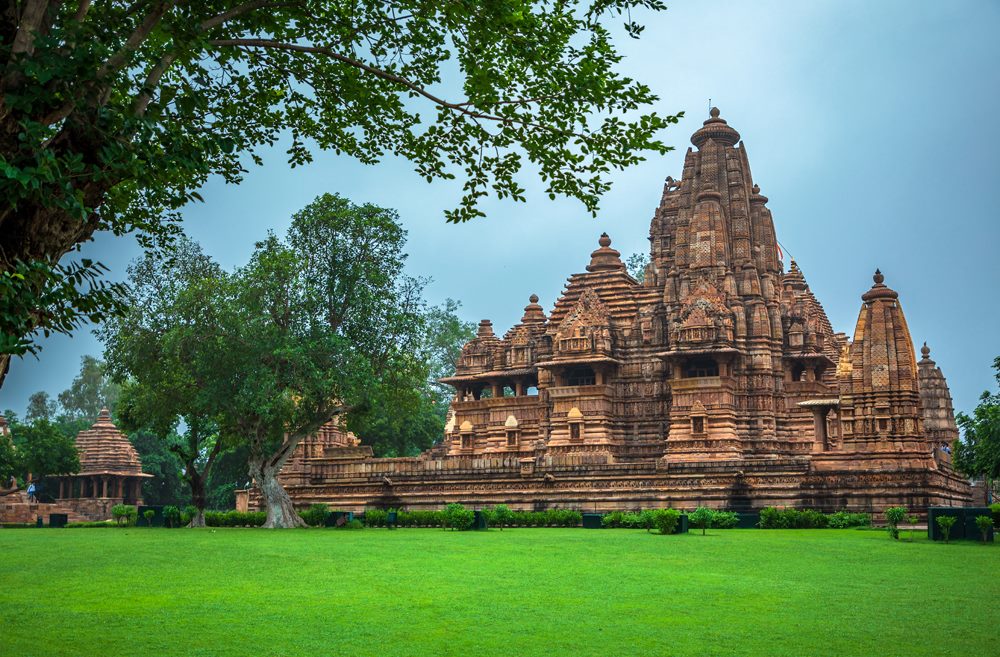
- Architecture: Renowned for their intricate carvings and explicit sculptures, the temples at Khajuraho are a celebration of love and sensuality. Built between 950 and 1050 AD by the Chandela dynasty, these temples display Nagara-style architecture with intricate detailing on the exteriors.
- Historical Background: Dedicated to various deities, the temples survived centuries of neglect and rediscovery. The UNESCO World Heritage Site is a testament to the grandeur of medieval Indian art.
2. Brihadeeswarar Temple, Thanjavur, Tamil Nadu:
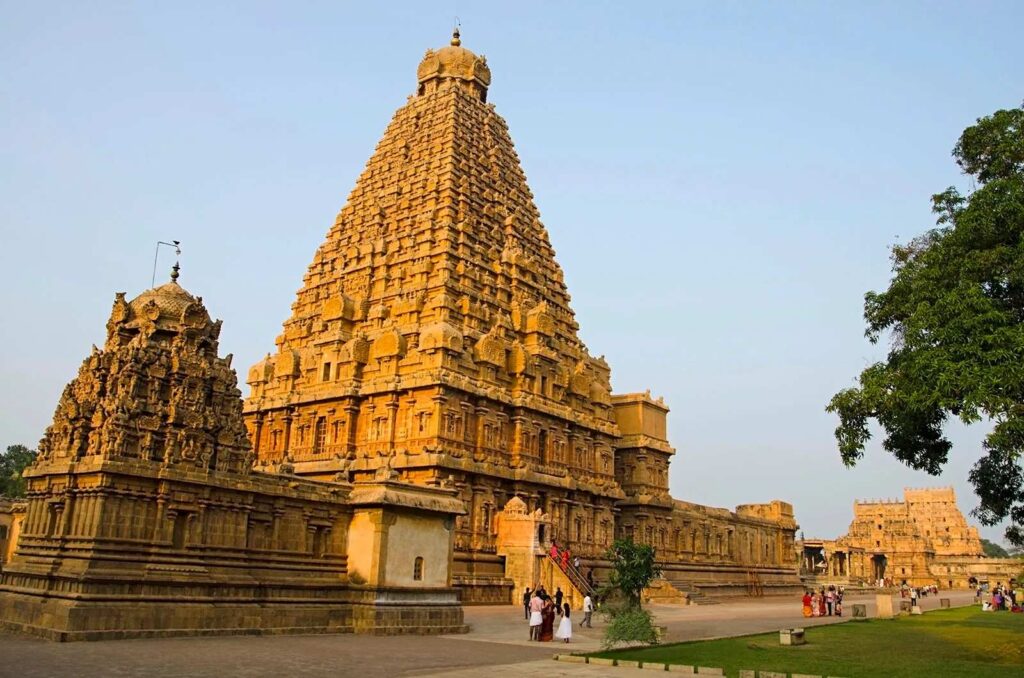
- Architecture: Constructed in the 11th century by Raja Chola I, this temple is an outstanding example of Dravidian architecture. The towering vimana, or temple tower, stands at an impressive height, showcasing the engineering marvel of its time.
- Historical Background: The Brihadeeswarar Temple is a symbol of Chola power and devotion, dedicated to Lord Shiva. It remains a significant pilgrimage site and a masterpiece of ancient Indian craftsmanship.
3. Akshardham Temple, Delhi:
- Architecture: Built using traditional techniques, Akshardham Temple is a modern marvel. The intricately carved mandir, featuring 20,000 statues, showcases a blend of traditional and contemporary architectural styles.
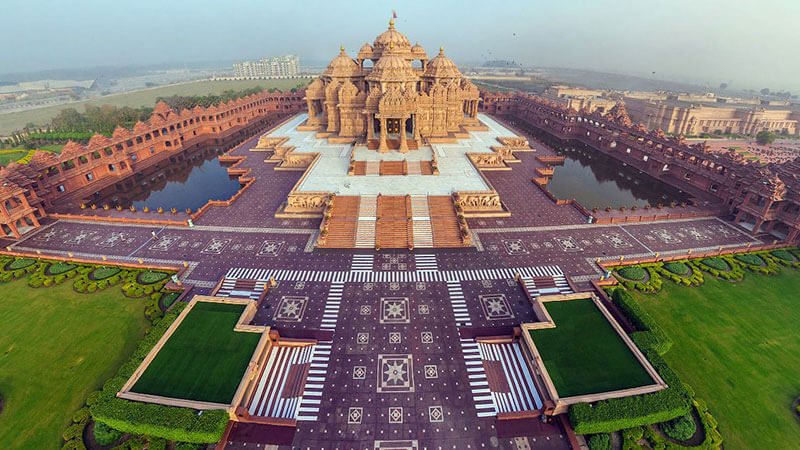
- Historical Background: Inaugurated in 2005, Akshardham is dedicated to Bhagwan Swaminarayan and represents 10,000 years of Indian culture. The temple complex also houses a mesmerizing water show and a sprawling garden.
4. Kailasa Temple, Ellora Caves, Maharashtra:
- Architecture: Carved out of a single rock, the Kailasa Temple is an extraordinary example of rock-cut architecture. Dedicated to Lord Shiva, the temple features intricate carvings depicting mythological stories.
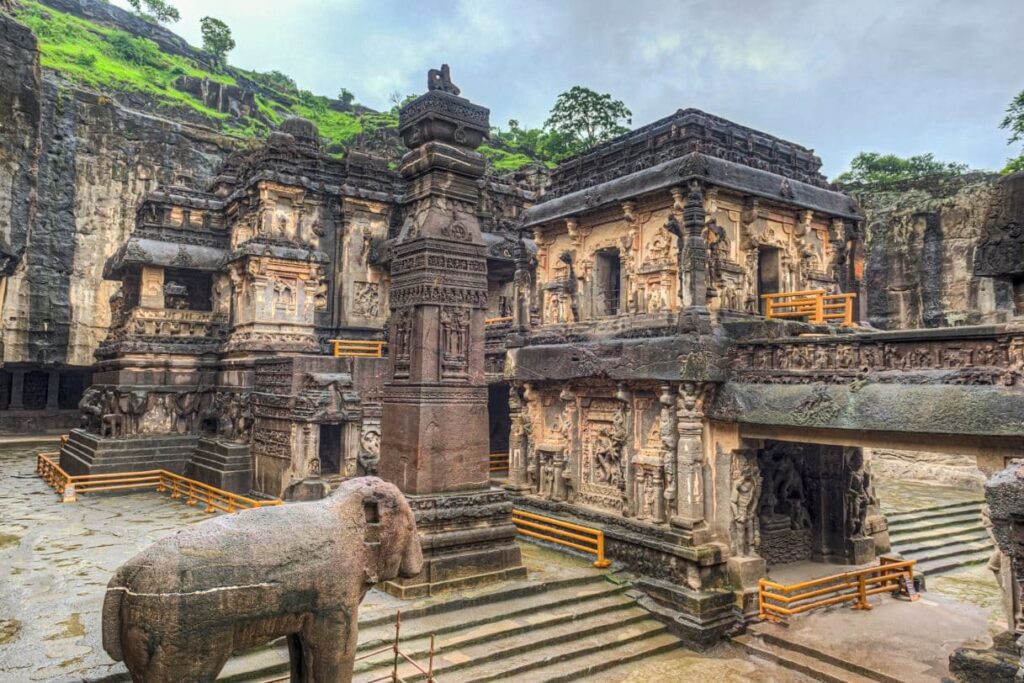
- Historical Background: Constructed in the 8th century by the Rashtrakuta king Krishna I, this temple showcases the ancient Indian ability to create monumental structures with limited resources.
5. Meenakshi Amman Temple, Madurai, Tamil Nadu:
- Architecture: A splendid example of Dravidian architecture, the Meenakshi Amman Temple is dedicated to Goddess Meenakshi and Lord Sundareswarar. Its towering gopurams (temple towers) are adorned with vibrant sculptures and intricate carvings.
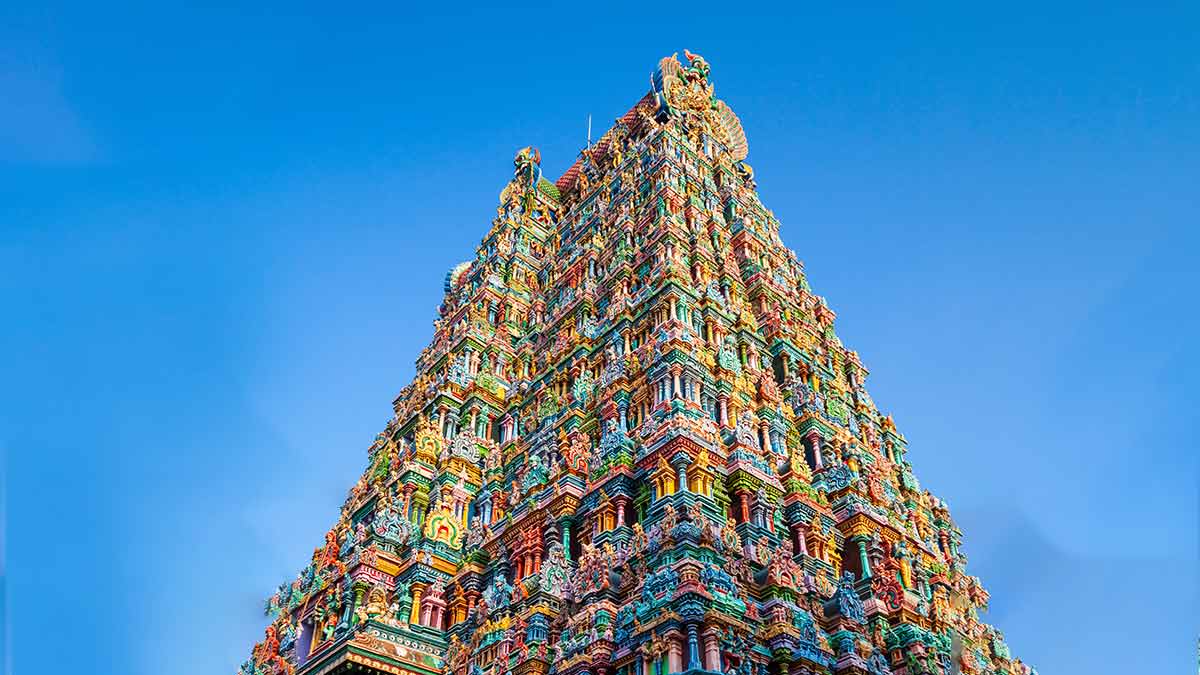
- Historical Background: With roots tracing back to the 6th century, the temple was expanded during the Nayak dynasty. It stands as a cultural and architectural icon of Tamil Nadu.
6. Lotus Temple, Delhi:
- Architecture: The Lotus Temple, also known as the Bahá’í House of Worship, is a contemporary architectural marvel. Resembling a blooming lotus flower, the temple is made of white marble and has won numerous design awards.
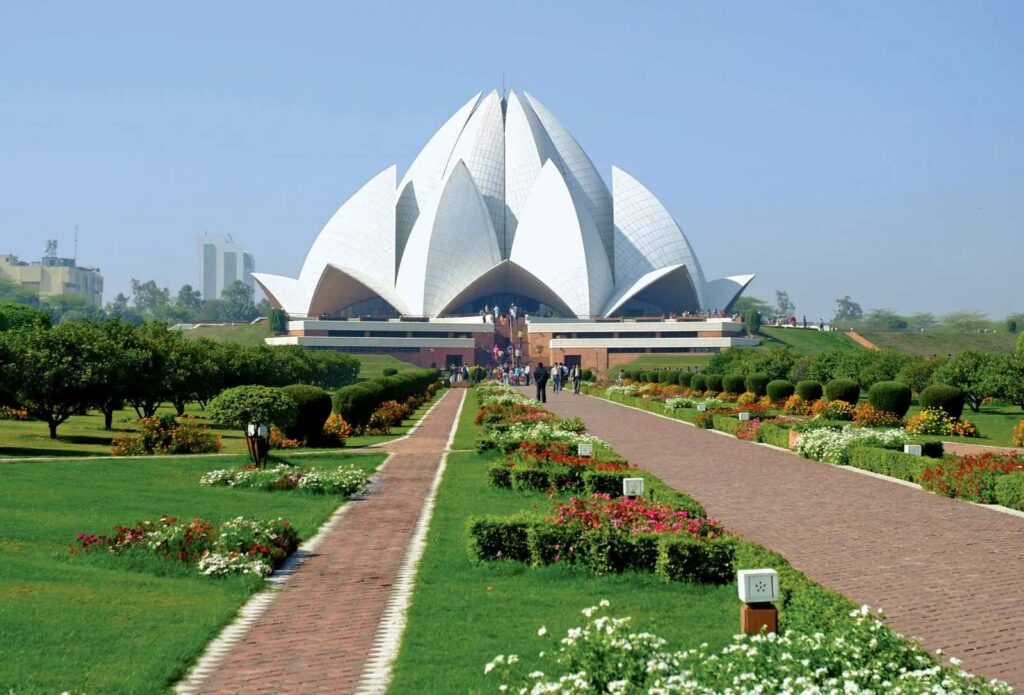
- Historical Background: Completed in 1986, the Lotus Temple is open to people of all religions, emphasizing the Bahá’í principle of the oneness of all religions and humanity.
7. Sun Temple, Konark, Odisha:
- Architecture: Dedicated to the Sun God, Surya, the Konark Sun Temple is a chariot-shaped architectural wonder. The temple is known for its intricate carvings, depicting celestial beings, animals, and human figures.
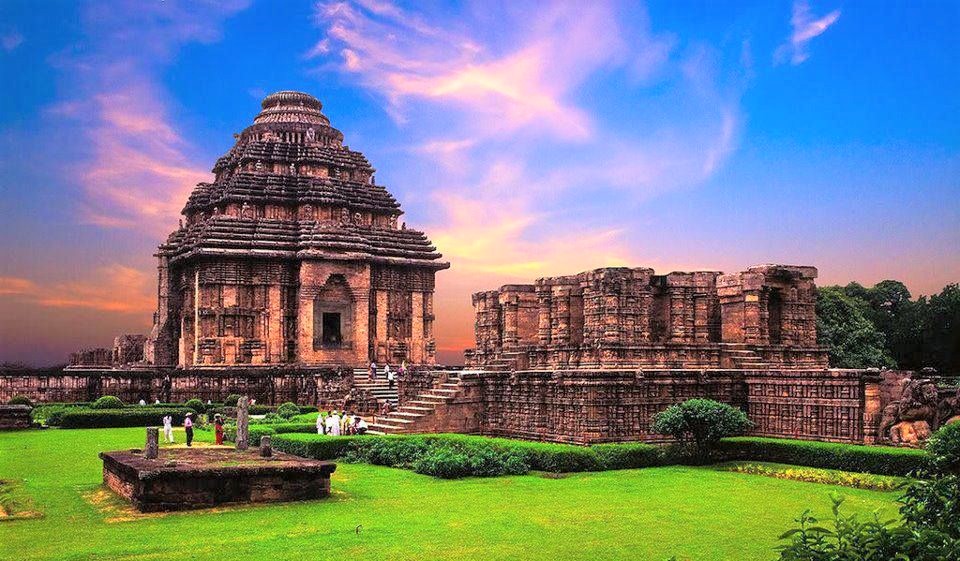
- Historical Background: Built in the 13th century by King Narasimhadeva I, the temple is a UNESCO World Heritage Site and a testament to Odisha’s rich cultural heritage.
8. Ramanathaswamy Temple, Rameswaram, Tamil Nadu:
- Architecture: This colossal Dravidian-style temple boasts the longest corridor in the world, adorned with 1,212 intricately carved pillars. The temple’s architecture is a testament to the grandeur of the Pandya dynasty.
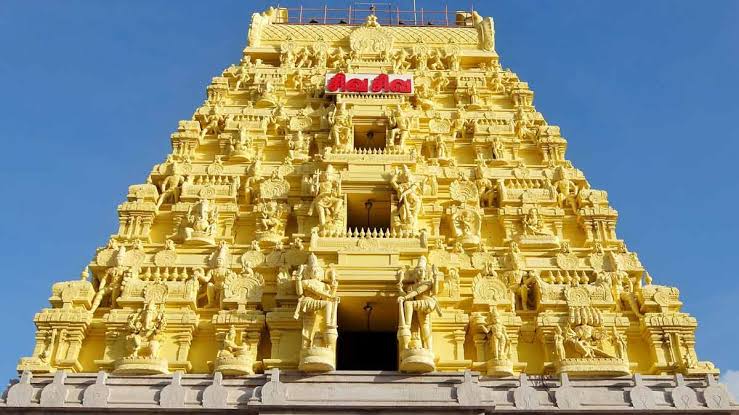
- Historical Background: Dedicated to Lord Shiva, the Ramanathaswamy Temple is believed to have been established by Lord Rama himself. Pilgrims consider it one of the holiest shrines in India.
9. Dilwara Temples, Mount Abu, Rajasthan:
- Architecture: The Dilwara Temples are a group of five Jain temples known for their exquisite marble carvings. The craftsmanship, including delicately carved ceilings and doorways, is a prime example of the skill of the Solanki dynasty artisans.
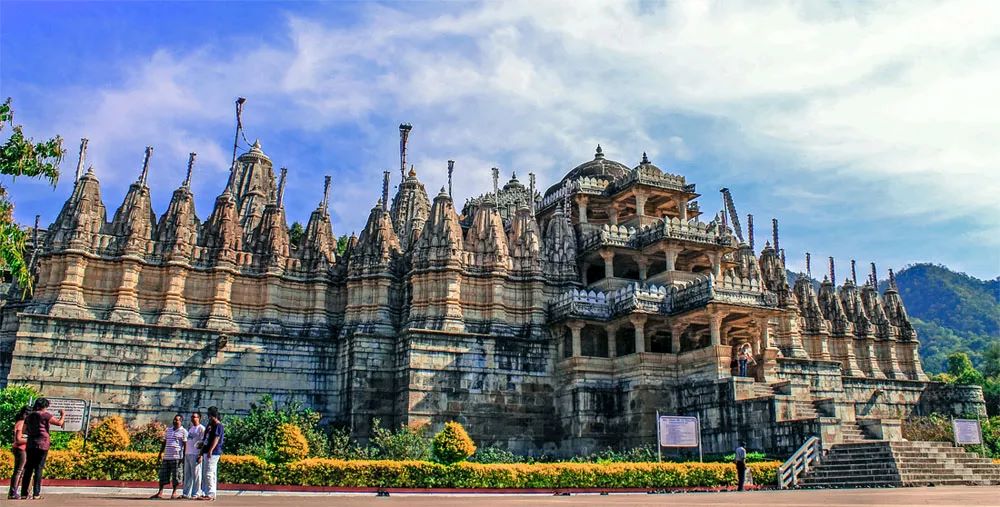
- Historical Background: Built between the 11th and 13th centuries, these temples are dedicated to Jain Tirthankaras. They are a revered pilgrimage site for Jains and a significant historical and architectural treasure.
10. Shore Temple, Mahabalipuram, Tamil Nadu:
- Architecture: The Shore Temple, built in the 8th century, is a structural temple made of granite blocks. It stands as a testament to the Pallava dynasty’s architectural finesse, with intricate carvings depicting scenes from the Mahabharata and Ramayana.
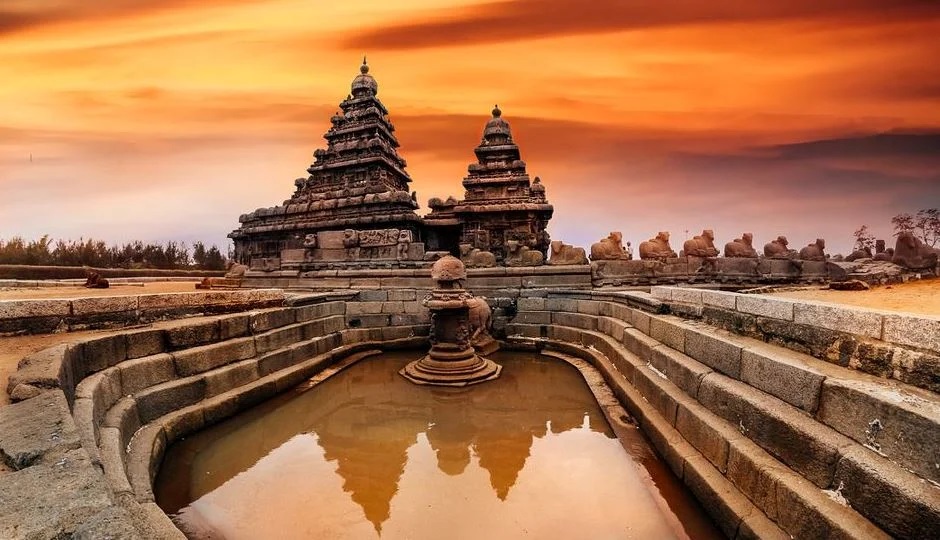
- Historical Background: Originally named “Seven Pagodas” by European sailors, the temple complex is now a UNESCO World Heritage Site, and the Shore Temple is dedicated to Lord Shiva.
As we conclude this temple tour across India’s architectural wonders, we recognize the cultural, religious, and historical significance these structures hold. Each temple narrates a unique story of devotion, craftsmanship, and the enduring spirit of India’s diverse heritage. Embark on this spiritual odyssey, and let the mesmerizing architecture of these temples transport you through time and tradition, leaving an indelible mark on your heart and soul.
Write with us✍?
TeamUgtWorld warmly welcomes everyone! If you have something on your mind that you’d like to write about, we invite you to publish your thoughts on our platform @Ugtworld. To learn more, please click on the link provided below.


